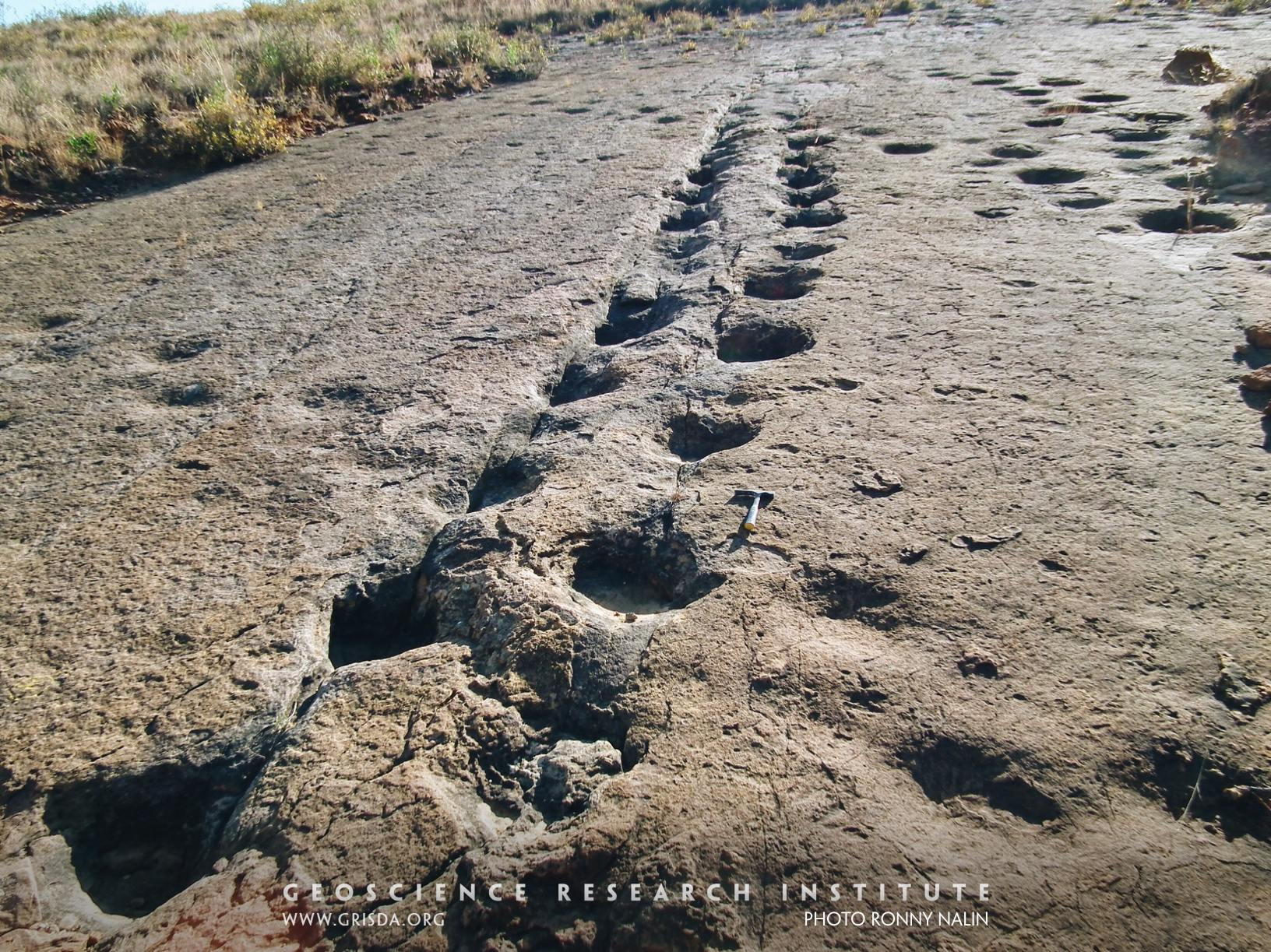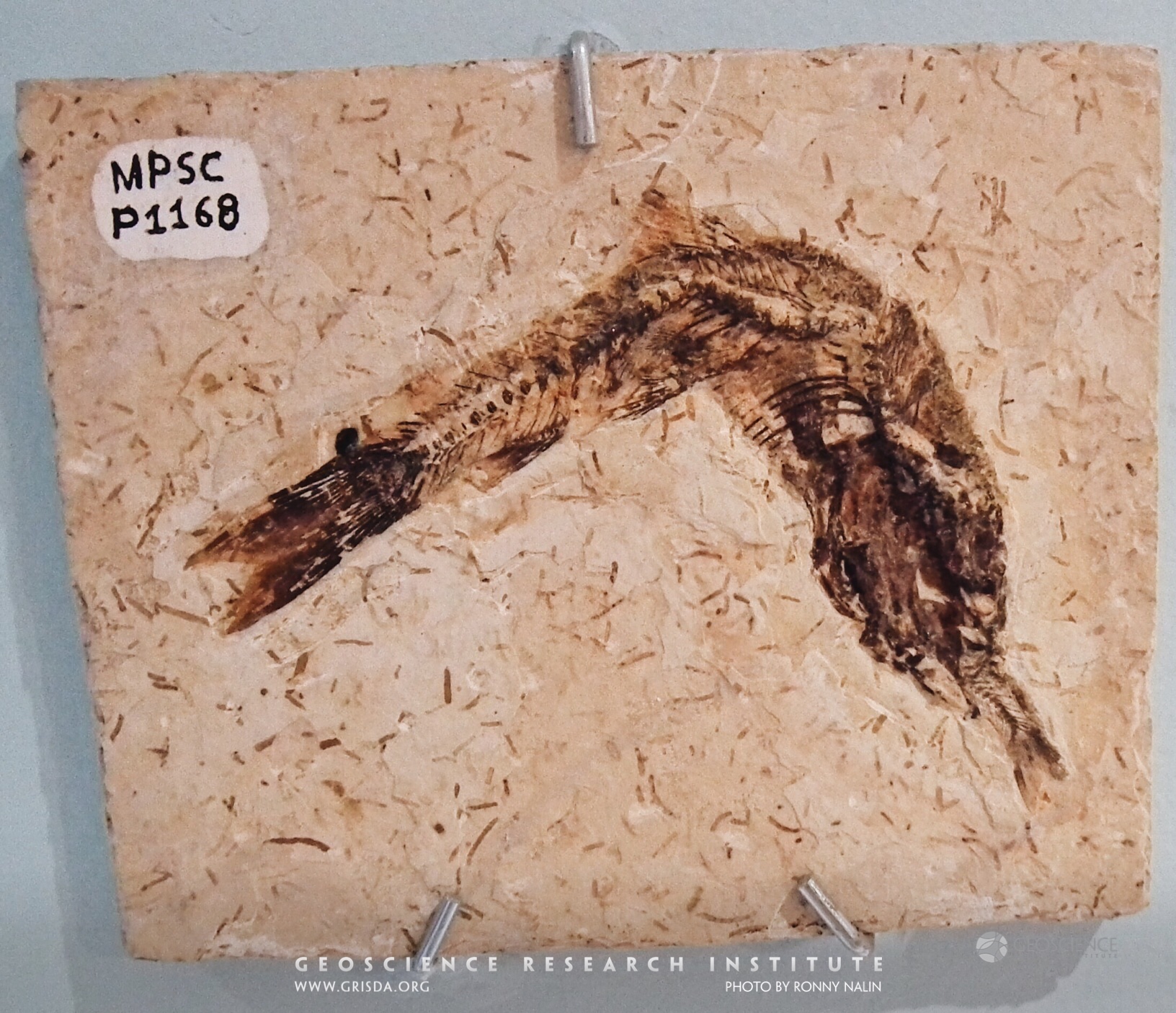What Can Fossils Tell Us About Ancestor Animals Had In The Past?

What Are Fossils?
Fossils are remains or other evidence of organisms that lived in the by and are preserved in the rocks. Common fossils include hard parts like basic, teeth and eggs of animals, wood, leaves and other parts of plants, shells, corals, and tiny shells of microfossils. Uncommonly, soft tissue of plants and animals may be found fossilized in permafrost (like Ice Age mammoths preserved in the Siberian tundra), insects and seeds preserved in amber (resin from copse), bodies of animals preserved by mummification, found material preserved in peat, and other rare occurrences of fossilized soft tissue. Some fossils consist of impressions of body parts, for example, the mark of the skin of dinosaurs left on the preserved footprints, impressions of constitute leaves and insects, etc. Some aboriginal molecules (DNA, protein, keratin, collagen, etc.) take been preserved in bones, shells and other fossils.
Another type of fossils is called trace fossils or ichnofossils, in which no body parts are preserved, merely show is preserved of the activeness of the organism before it died. Common ichnofossils are burrows fabricated in the sediment before information technology became indurated, footprints of vertebrates and invertebrates walking on soft ground, borings in shells and rocks, coprolites (fossil excrements), and root traces.

The many different kinds of fossils occurring in sedimentary layers form what is chosen the fossil tape. The fossil record is incomplete and biased. That means that many groups of organisms are rarely or never represented equally fossils. Some kinds of organisms are much scarcer every bit fossils than when they were alive. About animals that alive today are insects or other state invertebrates, but they are very rare in the fossil record. The fossil record is biased in that animals with hard shells and skeletons are represented meliorate than soft-bodied animals or plants (jellyfish, insects, algae, etc.). It is also biased in that land animals are poorly represented. Despite these limitations, paleontologists agree that the fossil record is acceptable to study the past.
How Do Fossils Course?
Fossils occur in sedimentary rocks, namely rocks that formed by accumulation of pocket-size particles equally sand or clay, or by chemical or biological precipitation of minerals like calcite or silica. The collection or fix of fossils is called fossil record, which is a record of decease in the by. In order for organisms to become fossils, three main atmospheric condition are necessary. First, possession of difficult parts like bones, shells or wood, though, uncommonly, soft parts may fossilize. 2d, the organisms must be buried quickly during or afterwards death. What happens if rapid burial does non occur? Based on what happens in modernistic environments, dead organisms are scavenged past other organisms or decay and are destroyed by bacterial decomposition. The likelihood of preservation is extremely low without rapid burying following death. A third condition is determinant for fossilization: at that place must exist an exchange of minerals between the buried parts and the sediment That exchange happens because of the presence of h2o in the sediment during burial.
How Long Does Information technology Take to Form a Fossil?
The fossilization procedure cannot require millions of years. In fact, information technology may happen really fast. Observations in modernistic environments indicate that disuse of fish, shrimp, jellyfish, sea stars, insects, etc. occurs in a few days or weeks after death, if they are not scavenged. If the three weather for fossilization mentioned above occur, fossils may form relatively quickly. Paleontologists assert that organisms may become fossils in a span of time between a few hours to a few years.

What Do We Learn from Fossils?
Fossils tell united states a story of life in the past. They may besides tell us how an organism died, usually by rapid burial during a catastrophe. Past examining the physical characteristics of the fossils, we may infer their original size, shape, method of locomotion, nutrition, and even behavior and ecological relations with other organisms and the environs in which they lived. The study of the enclosing sediment gives the states of import information to infer the ecology conditions in which the organisms lived or were transported and buried. For example, dinosaur footprints are common in many areas of the world, and the study of the prints and the sediment in which they occur gives united states a glimpse about the size of these animals, their locomotion and behavior. Only in extremely rare instances fossils tell usa something about their original coloration or the physiology of their internal organs.
Do Fossils Occur in a Specific Order in the Geologic Layers?
The geological record consists of layers, many of which contain fossils. These fossils do non occur randomly throughout the layers, but in a sequence that seems consistent in unlike localities across the planet. The sequence in which they occur may be interpreted differently depending on the worldview of the observer. I explanation is that the fossil tape was formed by the catastrophic global Genesis flood, as written in the Bible.
In a global flood, the everyman surfaces would be expected to be covered kickoff with water and sediment. Since the lowest surfaces are the ocean floors, we would expect to find marine fossils to form before terrestrial fossils. As the ocean floors were covered with sediment, we might expect to observe fossils of species from depression-lying terrestrial areas, followed by fossils of species from higher elevations. This theory was kickoff proposed by Harold W Clark[1] and is chosen the Ecological Zonation Theory.
Several predictions of Ecological Zonation Theory are fulfilled in the fossil record. For instance, the everyman layers with abundant fossils accept only marine organisms, representatives of near of the torso plans, or phyla, known from living organisms, as well as many types that are now extinct. The sharp appearance of diverse types of marine animals at the bottom of the fossil layers is famously known every bit the Cambrian Explosion. Also, fossils of terrestrial organisms appear in a sequence that correlates reasonably well with increasing terrestriality (i.e., the caste to which an organism is fit for life on land). Nosotros would wait that species living in the first habitats to be destroyed would be to the lowest degree likely to have survived the flood and withal be living. In general, this is what we find. These general patterns are consequent with Ecological Zonation Theory. However, at that place has been very little research on the theory, and much more research is needed.
Does the Fossil Tape Suggest Evolutionary Change?
The fossil sequence shows the states the sequence in which various types of organisms were cached, merely it does not tell the states how the fossilized organisms originated. The worldview of materialistic Darwinism and theologies such as theistic evolution effort to explain the fossil sequence equally a tape of evolutionary alter over long ages of time. Evolutionary theories explain some features of the fossil tape, such every bit the sequence of beginning appearances of the vertebrate classes, and the gradually changing limerick of fossil assemblages in some parts of the geologic column. On the other hand, it has been notably unsuccessful in explaining other features of the fossil sequence, such as the abrupt advent of various animal forms in the Cambrian layers, a feature known as the "Cambrian Explosion." The offset fossils in the basal Cambrian layers show high complexity and diversity, something not predicted past Darwinian theory, only which fits well in the global Genesis Flood model. The blueprint of sharp advent of fully formed and diverse species inside groups is repeated on a less spectacular scale in other organisms such as dinosaurs, and flowering plants.
Gradual evolution too fails to explain adequately the shortage of potential transitional links between the different types of organisms throughout the column. The majority, if not all, of animal and plant forms appear abruptly in the fossil record without known ancestors or intermediate forms. For instance, bats, ants, dragonflies, cockroaches and many others appear in the fossil record without whatsoever apparent ancestors, and look much like their modernistic counterparts. This pattern of abrupt advent does not fit models that invoke gradual development, and may fit better in a cosmos and global catastrophe model. Moreover, Darwinian theory fails to explain how changes in genetic information can produce new types of organs and body plans. Considering of these failures, Darwinian theory is not a satisfactory explanation for the fossil sequence.
Raul Esperante, PhD
Senior Scientist
Geoscience Research Institute
References
[1] Clark, HW.The New Diluvialism. (Angwin, CA: Science Publications, 1946)
Source: https://www.grisda.org/what-do-fossils-tell-us
Posted by: williamshicess.blogspot.com

0 Response to "What Can Fossils Tell Us About Ancestor Animals Had In The Past?"
Post a Comment